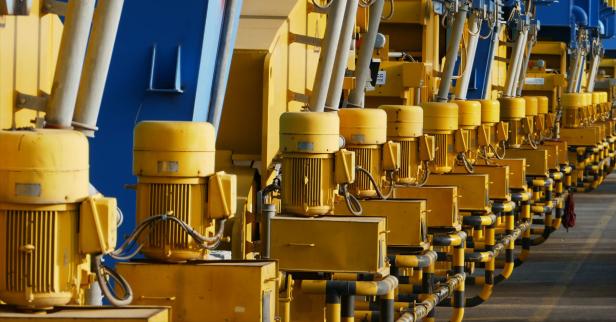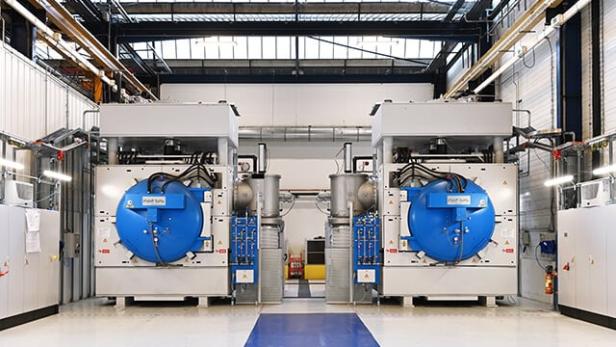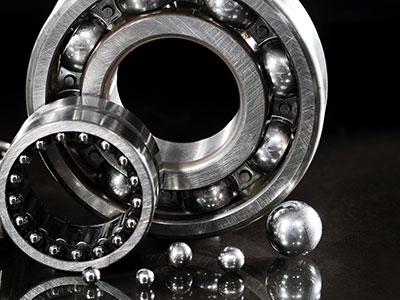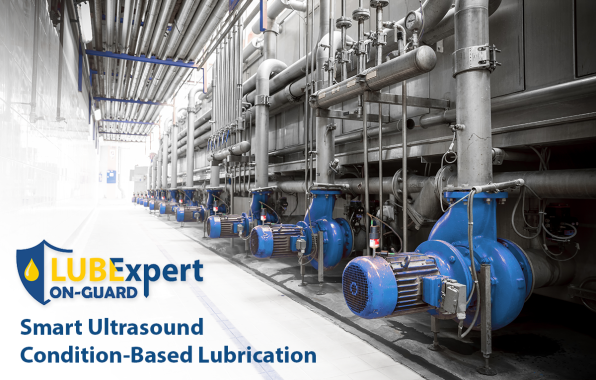Five Steps to Reduce the Impact of Industry on the Environment
5 key steps to reduce the impact of industry on the environment
The industry's extraction and manufacturing methods, as well as its waste management arrangements, are at the heart of most European environmental protection regulations. The industrial sector is one of the biggest polluters in the world . Processes are improving to reduce the nuisance imposed on species and environments, but the impact of industry on the environment remains too high. However, when the ecological impact of petrochemicals approaches that of the textile industry, it is our practices that need to be reviewed . Without changes in our consumption patterns, the sustainability of terrestrial and aquatic ecosystems cannot be ensured. Ultimately, it is the survival of man that is threatened.
Understand the causes of pollution from industry on the environment
Without industry players, the production of goods as well as the creation of jobs would be drastically reduced. Unfortunately, this sector of activity generates a lot of waste and consumes a lot of energy, while emitting greenhouse gases and pollutants into the environment. Climate change and loss of biodiversity are the short-term consequences.
Pollution of natural environments by industry
The weight of industry on the environment results in the discharge or emission into water, soil and air of chemical substances and industrial, liquid and gaseous waste .
The extraction of raw materials leads to similar nuisances even before the production phase.
Spill sorbents are used to capture liquids such as detergents, oils or sewage. To reduce gaseous emissions, filters are installed on the chimneys of the factories and at the level of the catalytic converters of the machines. However, this is not enough. Nuisance must be reduced at source .
Noise pollution of ecosystems by factories
Noise pollution caused by industry has long been neglected, while noise represents an important disturbance factor for animal species, including humans. Around major industrial sites, life has disappeared .
To counter this inconvenience, noise barriers are installed around the most polluting areas.
Pollution due to a technical incident
In the normal operating phase, the pollution emitted by industry on the environment is controlled, measured and compensated, if necessary. The situation becomes critical in the event of a technical incident: fire, explosion, radioactivity, toxicity.
Major industrial risks are rare, but their seriousness is high . Immediate measures are taken if necessary, in accordance with the emergency procedures put in place by the manufacturers themselves in accordance with the law.
Apply regulations that aim to reduce the pressure of industry on the environment
National legislation: ICPE classification and “Risks” law
The most dangerous industrial activities for humans and the environment are regulated in France within the legislation on ICPEs (Installations Classified for the Protection of the Environment). The nomenclature of ICPEs includes the list of activities subject to authorisation, registration or declaration according to:
- their size;
- the nature of their production;
- their manufacturing processes.
ICPEs are generally factories, depots and industrial sites whose environmental impacts are verified or assumed.
This legislation is supplemented by the national “Risks” law. The Technological Risk Prevention Plans (PPRT) aim to control urbanization on the outskirts of high-risk industrial sites.
European environmental regulations
Several European laws define thresholds for pollutant emissions in industry and in other sectors of activity:
- Industrial Emissions Department (DEI);
- framework directive on ecodesign;
- Emissions Trading System (ETS);
- water framework directive;
- medium combustion plant directive;
- Seveso directive;
- etc
The operation of the industries is thus regulated and periodic checks are carried out in order to verify that the ecotoxicity thresholds on the environment have not been reached and that no malfunction can be highlighted .
The general public can access this information through the European Pollutant Release and Transfer Register (European PRTR).
The legislative arsenal is dense both at European and national level. Risks are controlled and every effort is made to reduce the industry's impact on the environment.
Make environmental commitments for the most polluting industries
Corporate Social Responsibility (CSR)
Beyond binding legislation, manufacturers are more and more inclined to implement a CSR policy within their company.
The environmental pillar of the CSR approach , through the application of ISO 26000, offers manufacturers a means of communicating on their commitments, on the procedures and on the improvements planned to reduce their environmental impacts.
The CSR approach is intended to be proactive and sometimes struggles to bring conclusive results, for lack of a clearly defined and followed strategy within the company.
Manufacturers, like other business sectors, see CSR as a way to improve their brand image while lowering certain production costs :
- waste reduction;
- valorization of recycling processes;
- reduction in energy consumption;
- reduction of greenhouse gas emissions;
- etc
Environmental Management and Audit System (EMSA)
To reduce the effects of industry on the environment, the Community environmental management and audit scheme and the ISO 140001 standard represent two tools complementary.
Review its vision of the industry and its impact on the environment
When we talk about industry and pollution, the general public visualizes shabby factories, smokestacks belching smoke and toxic liquids flowing unchecked into nature. The reality is far from this caricature, however the consequences on the environment are no less disastrous.
Petrochemicals and textiles on the podium of polluters
Petrochemicals rank first on the podium of the most polluting industries in the world. Coal extraction processes, oil and gas capture contaminate the environment. The energy transition aims to reduce this dependence on fossil fuels.
On the other hand, who would have expected ten years ago that the fashion industry would become the second biggest polluter in the world ?
The manufacture of a garment requires:
- the extraction of raw materials;
- the consumption of water and chemical substances to manufacture and color the fibers of fabrics;
- the discharge of waste water;
- transportation of products;
- greenhouse gas emissions;
- release of microplastics into water.
Industry pollutes to manufacture goods and products that the public buys in droves.
How can manufacturers be blamed when consumers are asking them to produce more ?
Imagining a greener industrial future with tomorrow's trends
How to get out of a vicious circle between production and demand?
Binding legislation strengthens the control of pollution at source, but without research into innovative technologies , a transition to a greener industrial future cannot be ensured.
Shoveling trash that no one wants
CSR provides avenues to explore further. The recycling of waste and materials is essential to reduce the pressure of industry on the environment. According to the UN, only 17.4% of WEEE (Waste Electrical and Electronic Equipment) is recycled in Europe, the percentage for plastic rises to 25%. When we know that Europe is a good student on a global scale, the global figures are scary.
Unfortunately, the savings related to the recycling of plastics and WEEE remain marginal compared to the treatment costs.
The digital transition further increases the phenomenon. Brands encourage consumption while buyers regularly renew equipment that works very well.
For a more sustainable industrial future, new processes will have to emerge in order to reduce the pressure on the extraction of materials . Manufacturing is the stage that consumes the most energy and emits the most greenhouse gases.
Reducing the impact of industry on the environment requires:
- the decrease in production from new elements;
- setting up a repair system;
- the recycling ;
- increasing the life of assets;
- changing consumption patterns.
In a futuristic and ideal world...
Innovative processes that would ensure factories work in a circular economy would ease industry's pressure on the environment. Manufacturing waste or co-products would become raw materials .
Improving the energy efficiency of equipment would also make it possible to drastically reduce greenhouse gas and particle emissions.
In the field of construction, insulation techniques should move towards more ecological materials .
The generalization of cogeneration and heat and energy recovery processes would help reduce greenhouse gas emissions from industries. Innovative and ambitious techniques to reduce our expenditure on fossil fuels exist and should gradually be extended to all buildings.
Actors or spectators, the preservation of natural resources is everyone's business. By adopting eco-responsible consumer attitudes , while manufacturers pursue their efforts to improve their processes, the impact of industry on the environment could return to acceptable levels.
Our other news
See allJoin the largest community of industrial suppliers
- Helping you with your ongoing technology watch
- Provide you with detailed supplier statistics
- Give you international visibility
Discover the largest catalogue of industrial products on the market
- To offer you the best catalogue of industrial products on the market
- To guarantee you a 100% secure platform
- Enable you to have live remote exchanges
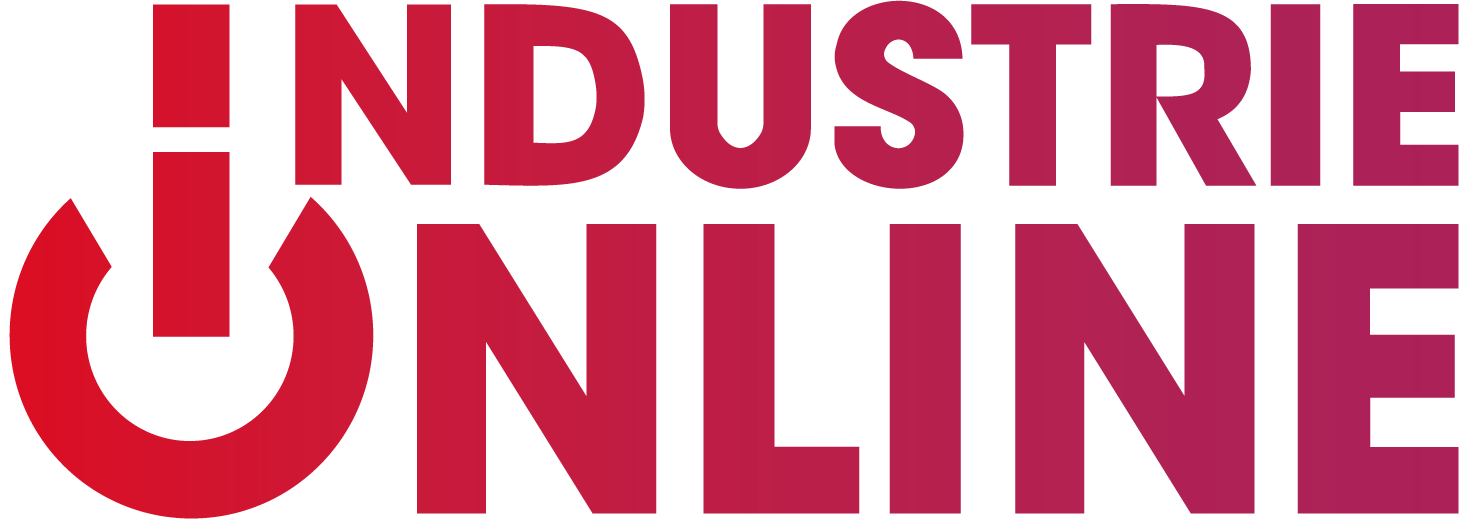

 Français
Français
